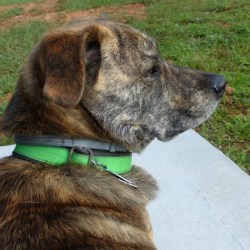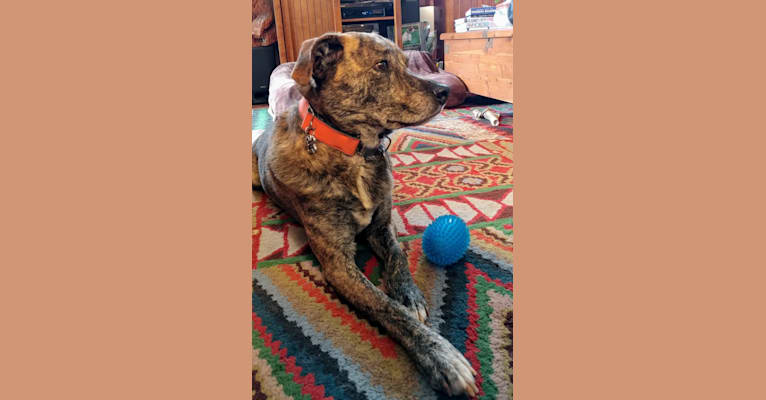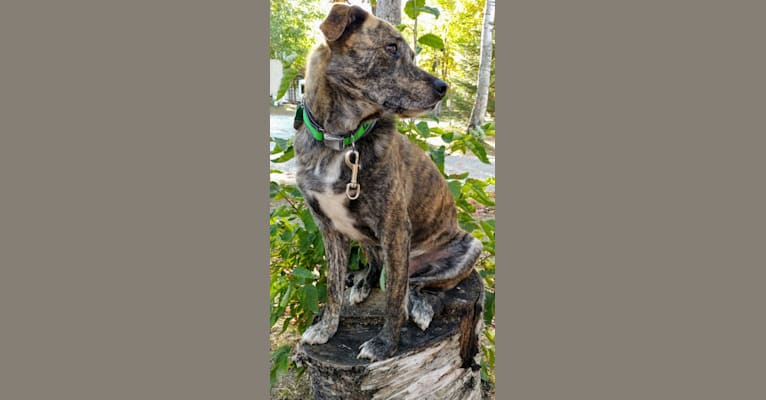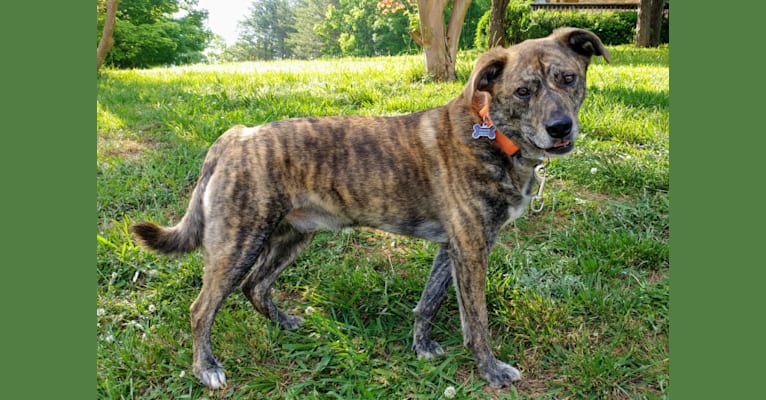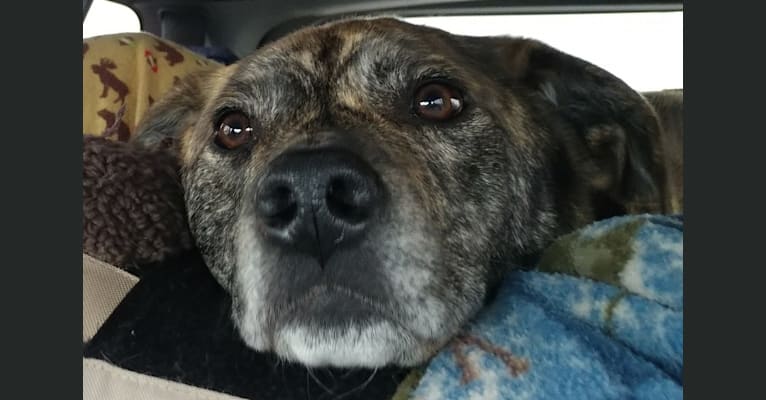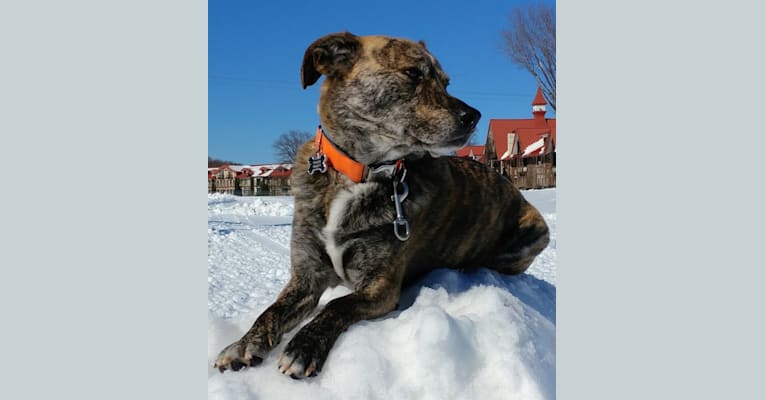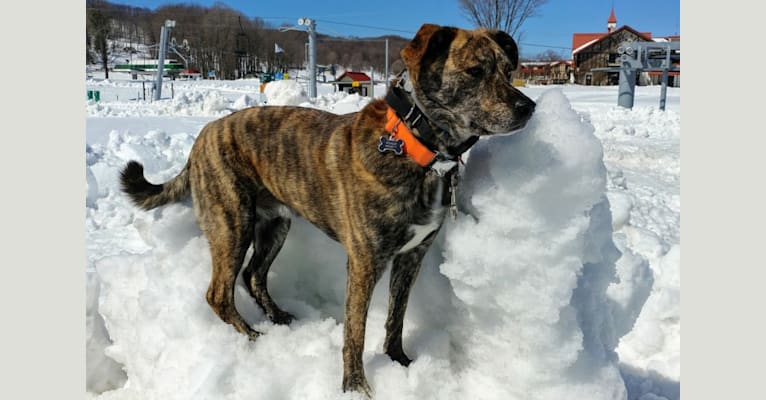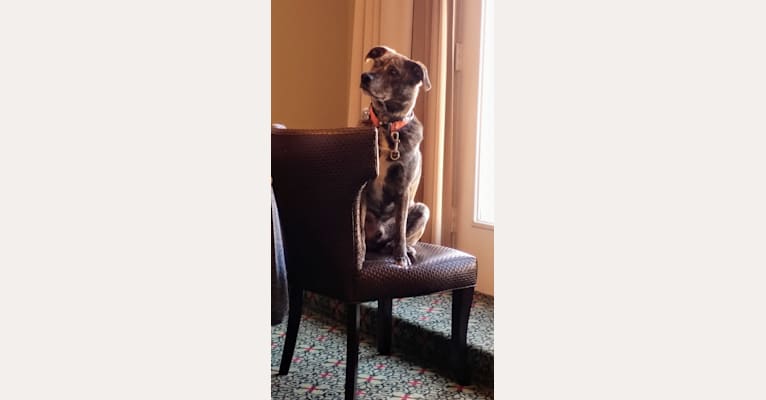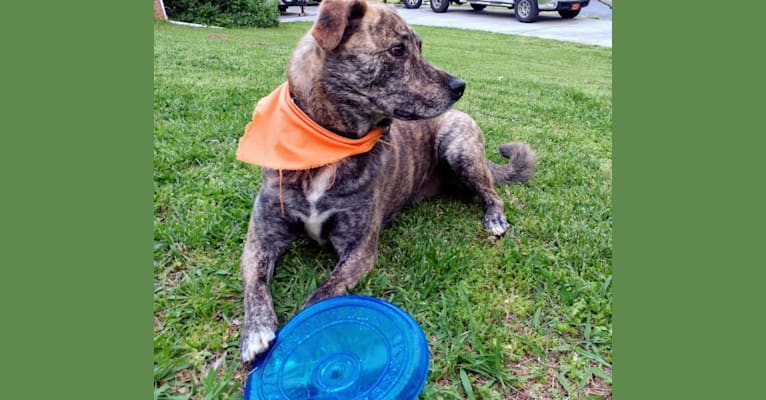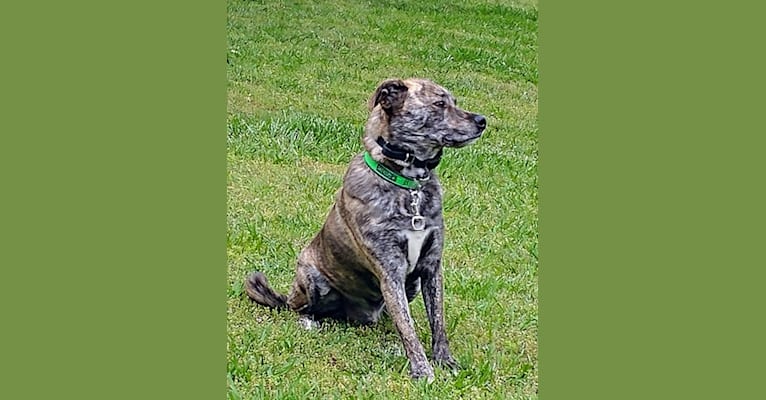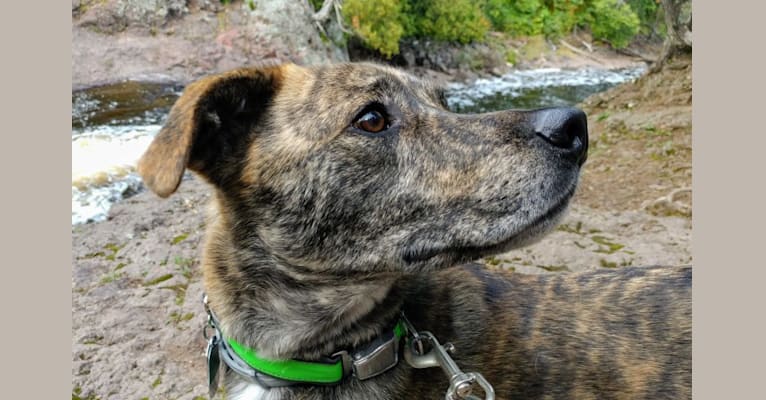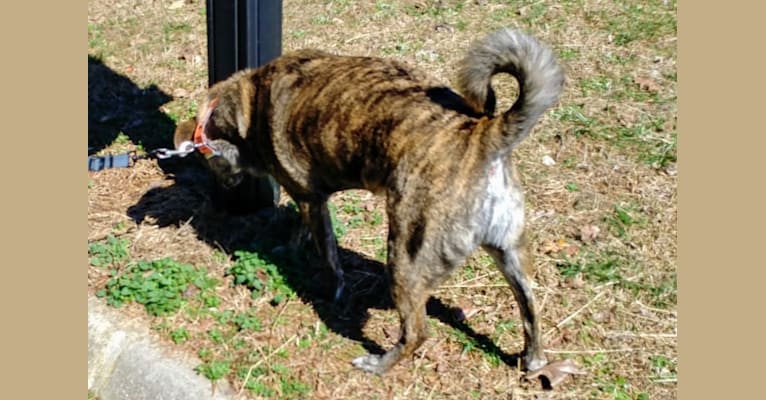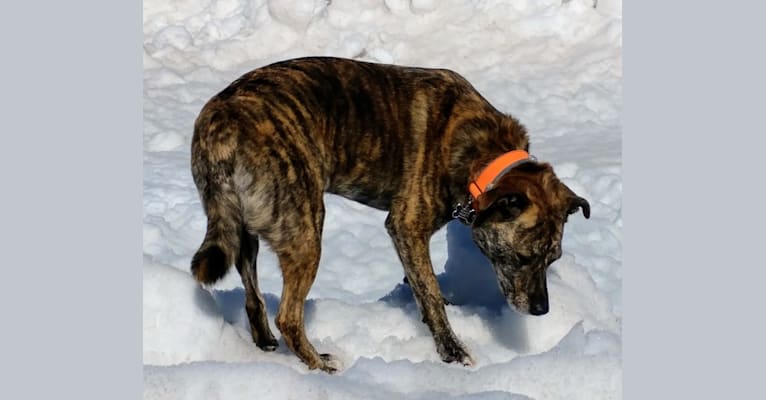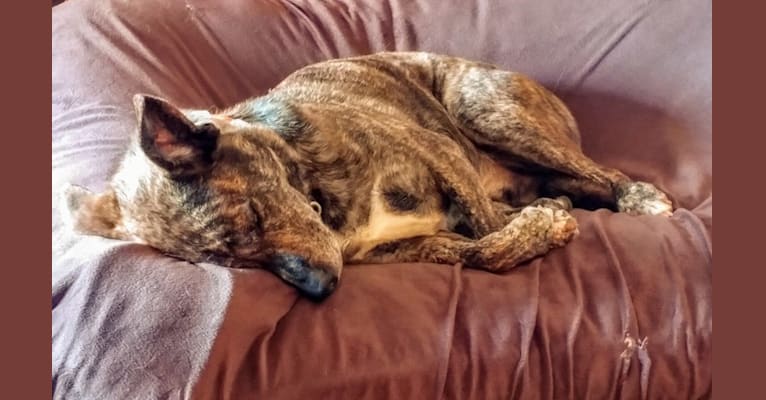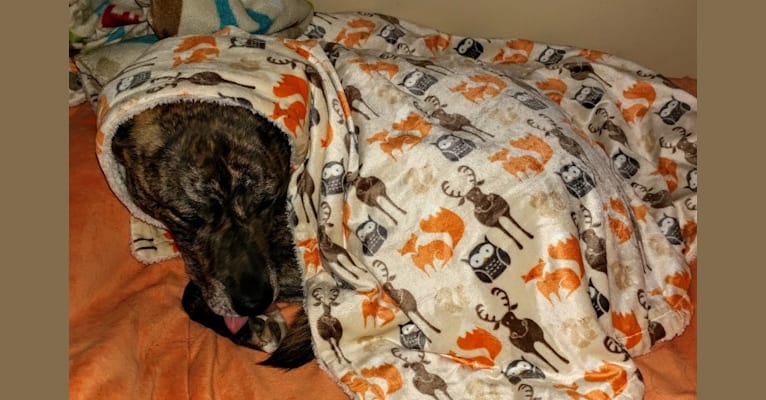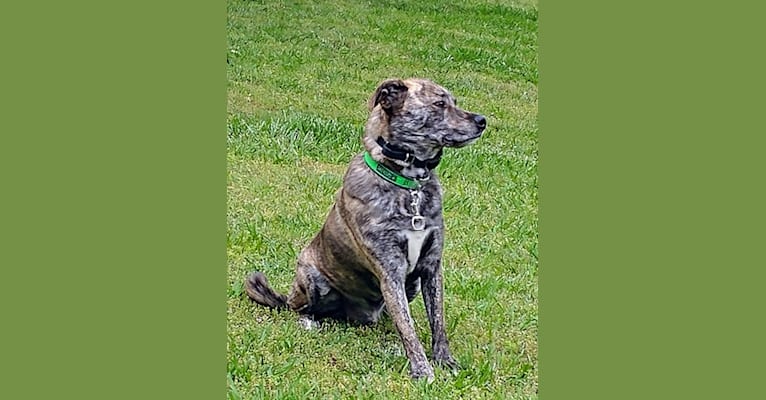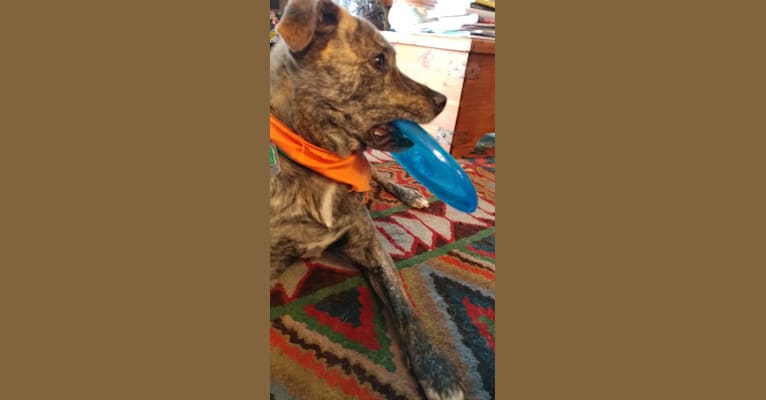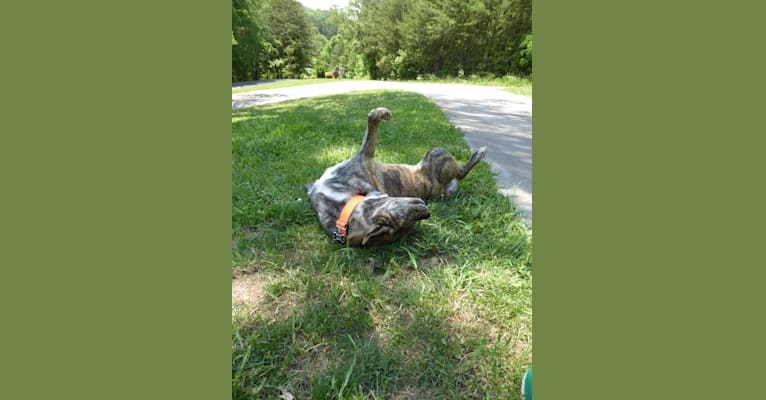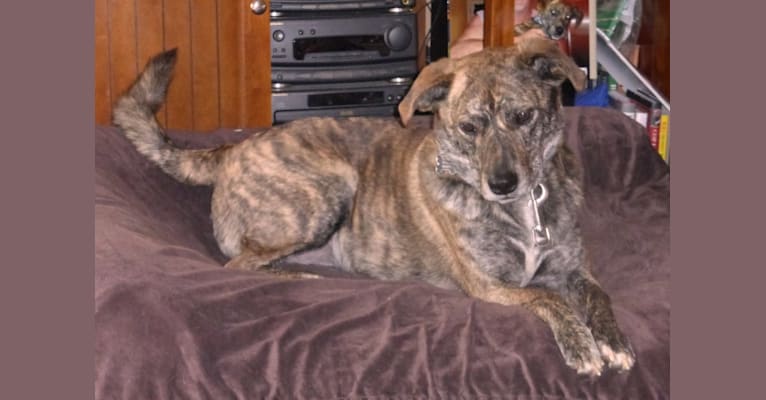“Found as a puppy on the side of the road in Oklahoma eating a dead armadillo. Super, Super Smart. A great addition to our family! So proud of our smart, handsome guy.”
Place of Birth
Pawnee, Oklahoma, USA
Current Location
Sevierville, Tennessee, USA
From
Pawnee, Oklahoma, USA
This dog has been viewed and been given 130 wags
Genetic Breed Result
Roadie
Mixed Ancestry
25.0% Labrador Retriever
18.8% Rottweiler
18.2% Siberian Husky
13.0% German Shepherd Dog
8.6% Vizsla
5.4% Cocker Spaniel
11.0% Supermutt
Embark Supermutt analysis
What’s in that Supermutt? There may be small amounts of DNA from these distant ancestors:
Labrador Retriever
The Labrador Retriever was bred for hunting and excelled in retrieving game after it was shot down. Known for its gentle disposition and loyalty, the Labrador Retriever has become a favorite of families and breeders alike.
Learn More
Rottweiler
Originally used for driving cattle and protecting valuable convoys, Rottweilers are now popular family pets as well as guard, police and military dogs.
Learn More
Siberian Husky
Bred initially in Northern Siberia, the Siberian Husky is a medium-sized working dog who is quick and light on their feet. Their moderately compact and well furred body, erect ears and brush tail suggest their Northern heritage. Huskies are very active and energetic and are known for being long distance sled dogs.
Learn More
German Shepherd Dog
German Shepherds are confident, courageous dogs with a keen sense of smell and notable intelligence. These are active working dogs who excel at many canine sports and tasks -- they are true utility dogs! Their versatility combined with their loyal companionship has them consistently listed as one of the most popular breeds in the United States.
Learn More
Vizsla
Vizslas are hunting dogs that make for an excellent companion dog - particularly for those that can handle this breed's high exercise needs.
Learn More
Cocker Spaniel
Cocker Spaniels are handsome and intelligent hunting dogs that are also well-suited to life as a loving family pet.
Learn More
Start a conversation! Message this dog’s humans.
Genetic stats
Dogs Like Roadie

Discover dogs who share a similar breed mix to Roadie. A higher score means the two dogs have more of their breed mix in common. A score of 100% means they share the exact same breed mix!
Click or tap on a pic to learn more about each dog and see an in-depth comparison of their DNA, breeds, and more.
DNA Breed Origins
Explore
Changes to this dog’s profile
- On 12/31/2018 changed name from "Roadie Privett" to "Roadie"
Our policy is that each dog’s profile should accurately portray the dog to which the genetic reports belong.
To help ensure adherence to this policy, we show here any changes that have been made to the name or handle (web address) of this dog.
If you believe that this profile is in violation of this policy, you may contact us to report it.
